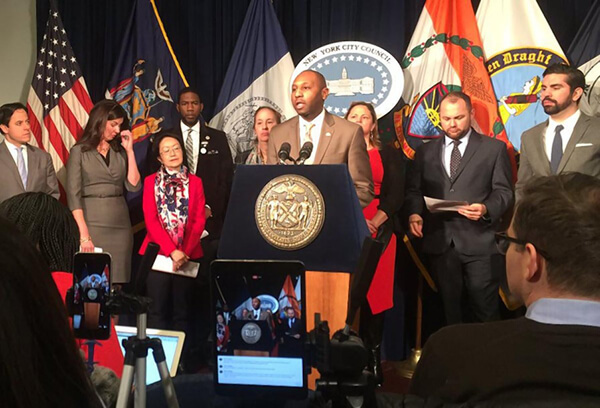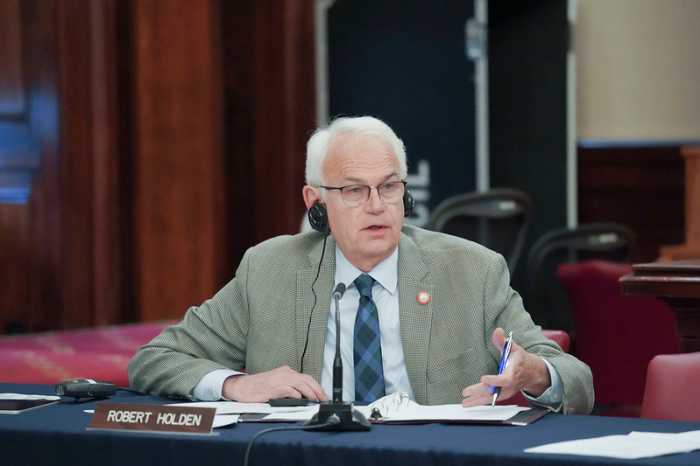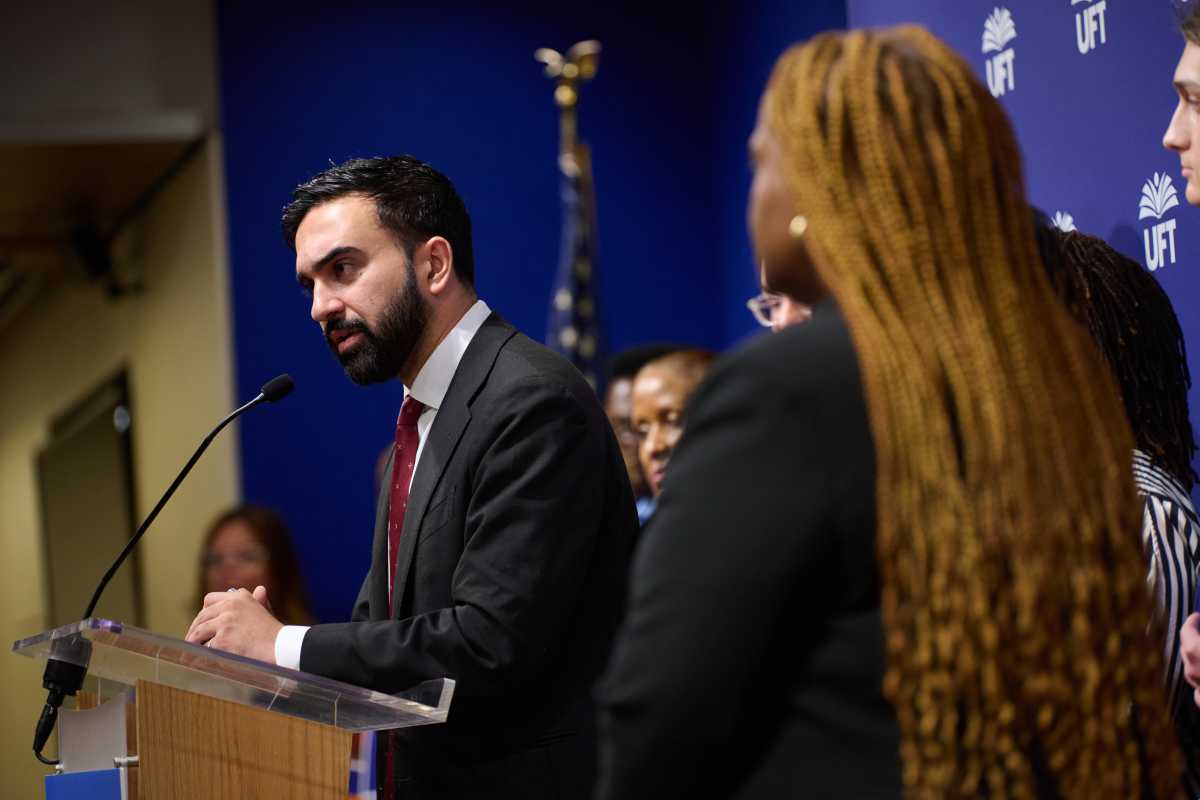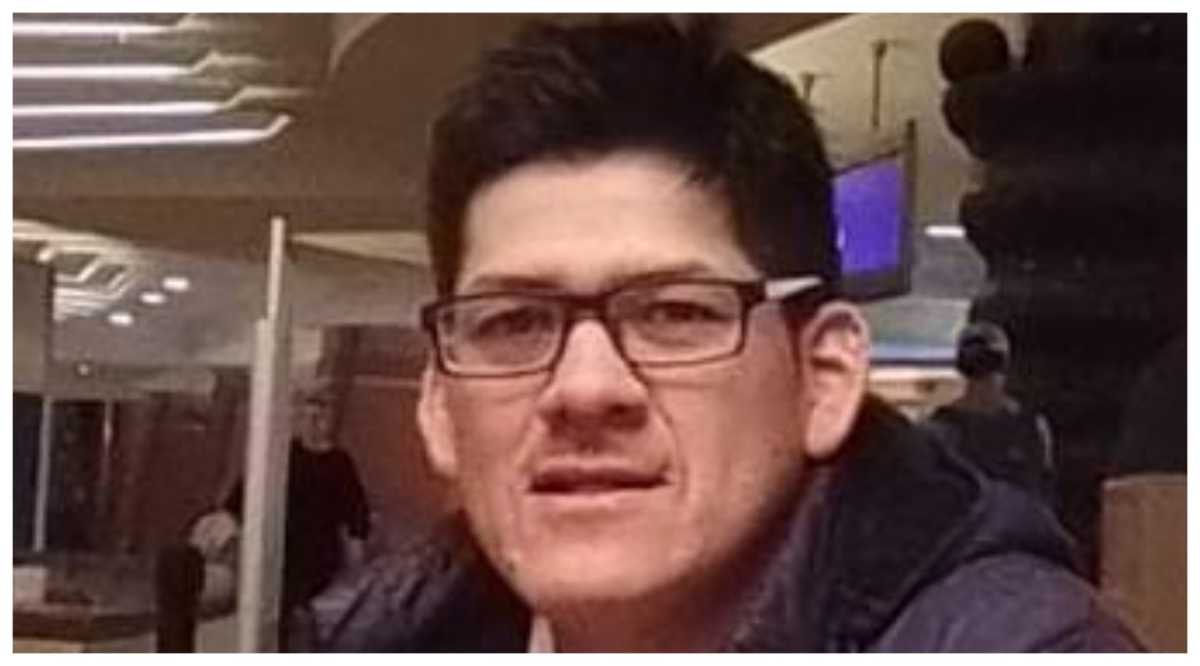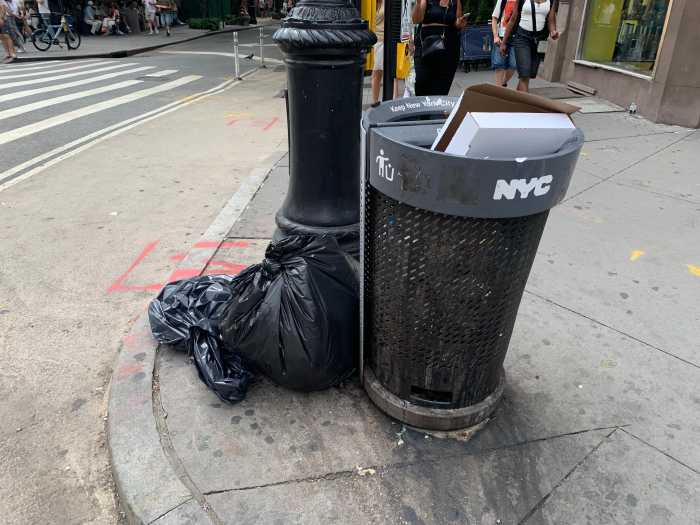By Patrick Donachie
The scourge of three-quarter houses used for New Yorkers recovering from substance abuse or returning to society from jail must be addressed, City Councilman Donovan Richards (D-Arverne) said this week.
He was one of several council members sponsoring legislation to regulate the locations passed by the City Council Feb. 1.
“Preying on our most vulnerable New Yorkers for a check is not the way to do business,” Richards said.
Three-quarter houses are one- or two-family homes, or larger apartment buildings that rent beds to single adults, purporting to offer rehabilitation programs to the residents, but they do not provide in-house services and are not officially regulated by any government agency.
The buildings are often in dismal condition, according to Richards, who said the largest contingent of homes were located in central Brooklyn. Tanya Kessler, an attorney with MFY Legal Services who has worked on three-quarter housing issues for the organization, said there were also such houses in Jamaica and Far Rockaway.
“It is very hard to ascertain exactly how many there are. We continue to get many calls from people in three-quarter housing, and it continues to thrive,” she said, saying landlords taking advantage of tenants “are looking for people who are vulnerable and in a difficult position and in a desperate need for housing. They recruit from substance abuse programs and in prisons and jails.”
MFY Legal Services helped to form the Three-Quarter House Tenant Organizing Project to advocate for the rights of three-quarter tenants and also contribute to the first in-depth policy paper on three-quarter housing, issued by the John Jay College of Criminal Justice in 2013.
The analysis found three-quarter houses are almost entirely funded by public dollars, fixing their rents to tenants’ benefit amounts, such as the $215 per month offered by the city’s Human Resource Administration’s monthly “shelter allowance” for individuals.
State Attorney General Eric Schneiderman recently indicted the heads of two Medicaid-enrolled drug treatment programs in Brooklyn and several landlords of three-quarter houses. Schneiderman accused the landlords of forcing residents in their three-quarter homes to attend treatment at the programs regardless of whether or not they required substance abuse treatment. The programs would pocket the Medicaid funding and kicked back more than $900,000 to the landlords. Kessler said such a story was not uncommon among three-quarter housing residents.
“What these prosecutions have alleged is the programs are paying a kickback to the landlord,” she said. “Up until now, there’s been very little a tenant could do to resist that kind of arrangement than wait for prosecutors to build a case and take action.”
Kessler said some of the legislation would curtail landlords from profiting from such a scheme.
Richards was the primary sponsor for Intro. 1166, which will enable a task force previously established by the city to monitor three-quarter housing to issue public reports and “establish oversight over the city’s efforts to curb use of these illegal dwellings.” Richards said one way to find three-quarter housing is to examine Department of Building violations, as three-quarter houses often suffer from disrepair. He said if the DOB issued an order to stop checks from the city to that location, it could indicate public funding was going straight to the landlord. This could suggest the possibility a three-quarter house was run out of that location
“Our bill really starts to get at the core of the issue, and that’s knowing where these houses are,” Richards said. “It’s a major step in the right direction.”
Kessler said the affordability crunch overtaking rental units throughout New York City, coupled with the lack of decent housing options available for people coming out of substance abuse treatment, made three-quarter housing one of their only options, and the 2013 report found that many three-quarter housing residents preferred such houses to the street or a shelter.
“The city set up a task force and has stepped up enforcement and made housing vouchers available to folks whose buildings are vacated, but we’d like to see action by the state to address the housing needs of people who are coming out of state substance abuse programs,” she said. “Most substance abuse programs are licensed by the state, and people are coming out of state correctional facilities. There needs to be a commitment to fund housing for people who are doing their best to rebuild their lives but are in very unsafe and unstable situations.”
Reach reporter Patrick Donachie by e-mail at pdona

